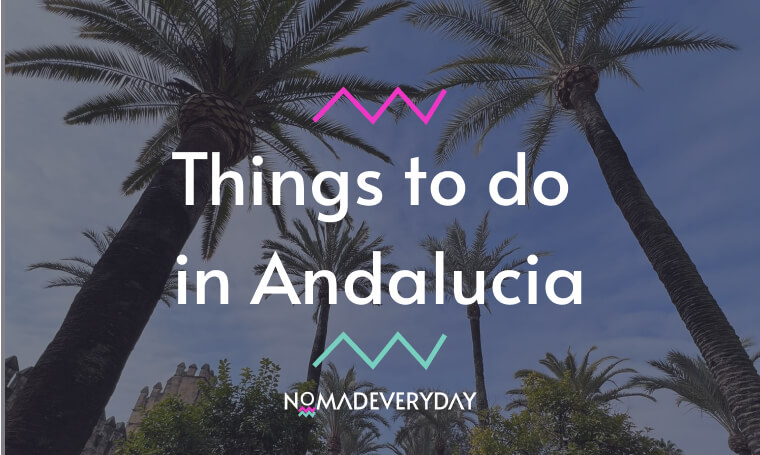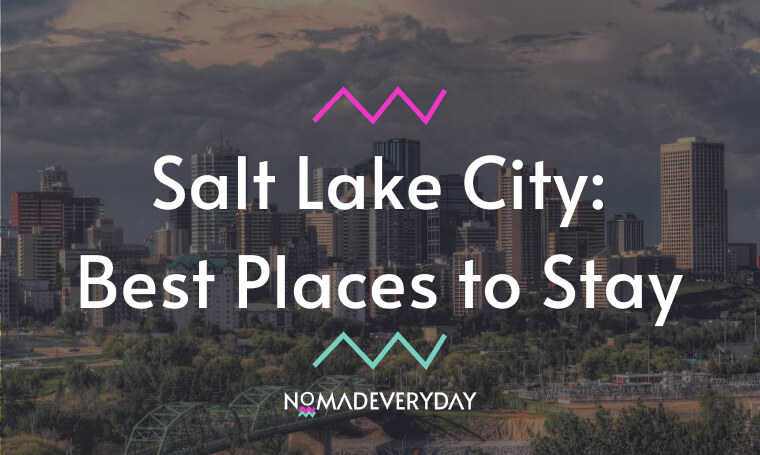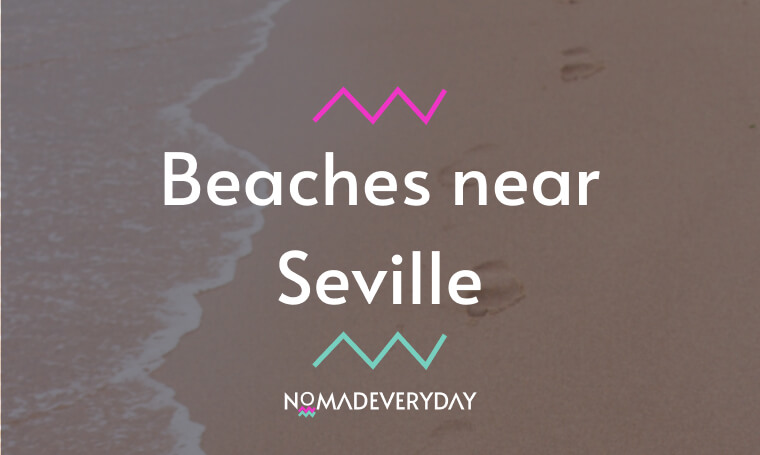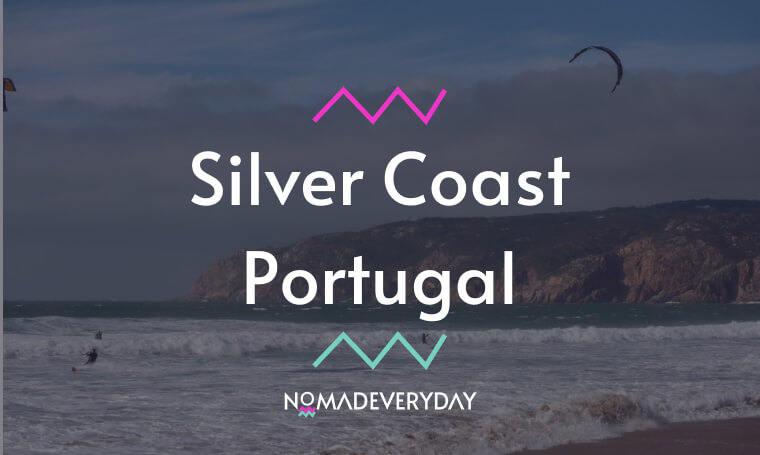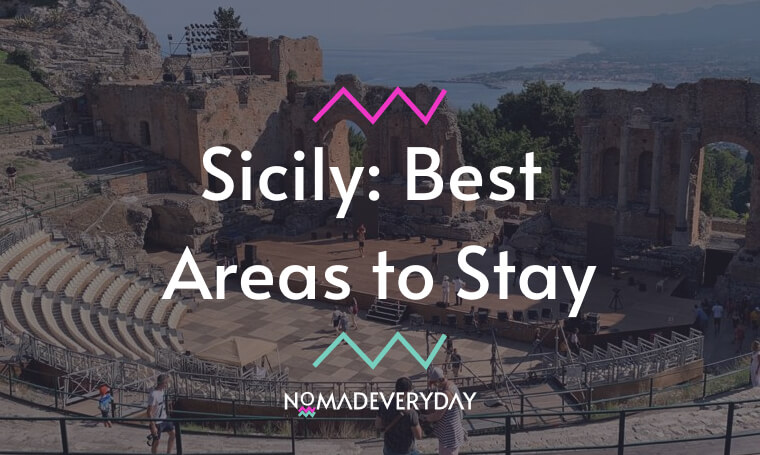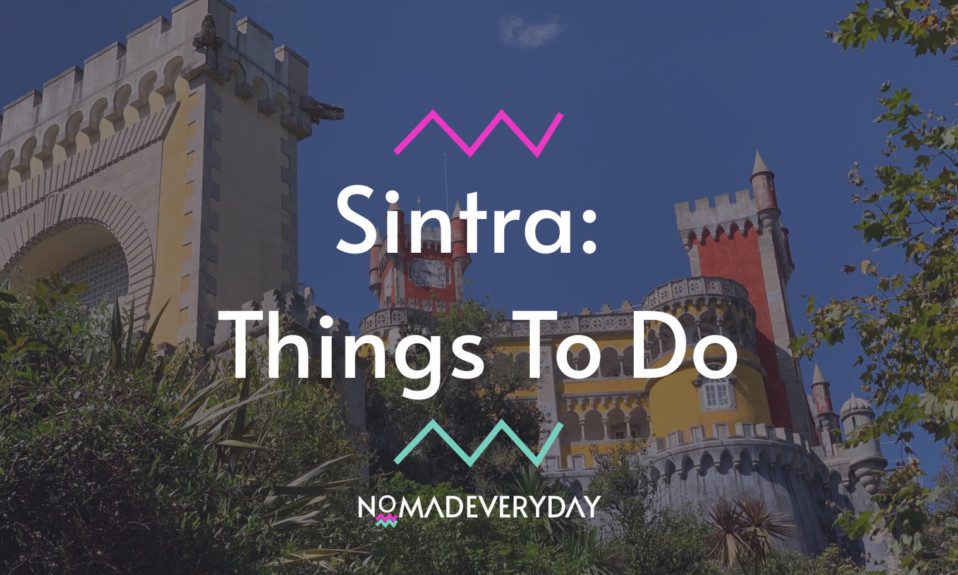Planning a trip to Spain and wondering what are the top things to do in Andalucia and the best itinerary?
A trip to the south of Spain, in Andalucia, is an opportunity for you to discover the different richness of the region from a cultural and historical point of view.
The Andalucian region represents 17% of Spain.
Visiting Andalucia also means exploring flower gardens, orange fields, white villages perched on hills, taking flamenco classes, eating tapas, or visiting wine cellars.
Its landscapes are very diversified, they can be mountainous as well as tropical.
Andalucia has succeeded in modernizing itself while keeping its roots, which is what makes its charm.
This region is home to many historical monuments with more than exceptional architecture. They are very good representatives of western Islamic architecture.
Visiting Andalusia means discovering cities such as Seville, Cordoba, and Malaga which are very well known and have a lot to offer.
In this article, we will mention the best 7 cities and itineraries that you shouldn’t miss when visiting Andalucia.
6 cultural sites to visit in Andalucia
Seville, an emblematic city
If you’re planning to visit several cities in Andalucia, start in Seville or in Málaga, they are easily accessible by plane depending on the departures from your city or on the schedule.
Wondering where to stay in Seville? Read our article about the Where to Stay in Seville – Best Areas & Neighborhoods
The Andalusian capital, Seville, is renowned for the richness of its architecture as well as for its festive side.
Its artistic heritage, its culture, and its gastronomy make this city a must in Spain.
Mainly pedestrian, it does not lack historical monuments and will know how to charm you with its small streets.
The central site of the city is the Cathedral of Our Lady of the Sea. It is one of the largest cathedrals in Europe.
It was built in place of the old mosque, and its famous Giralda is the old minaret. From this tower, you will have a unique view of the city.
This beautiful cathedral is also known for housing the tombs of some of the kings of Spain, and the explorer Christopher Columbus.
The other must-see site in the city is the Alcazar of Seville, a ninth-century fortified palace that has evolved and been constantly modified by the different cultures that have dominated the city.
The result is an incredible mix of styles, which makes this place one of the emblems of Andalucia.
We highly recommend you take the time to visit the Alcazar of Seville because it is a magnificent site and really typical of the region.
Be sure to also visit the Plaza de Espana, one of the most majestic squares in the world.
Along with Granada, Seville is the perfect place to go to see a flamenco show in Andalucia.
Main activities & highlights in Seville:
- Visit the Alcázar of Seville
- Discover the Plaza de España
- Ride the Metropol Parassol
- Visit the Cathedral of Our Lady of the Siege of Seville
- See a Flamenco show
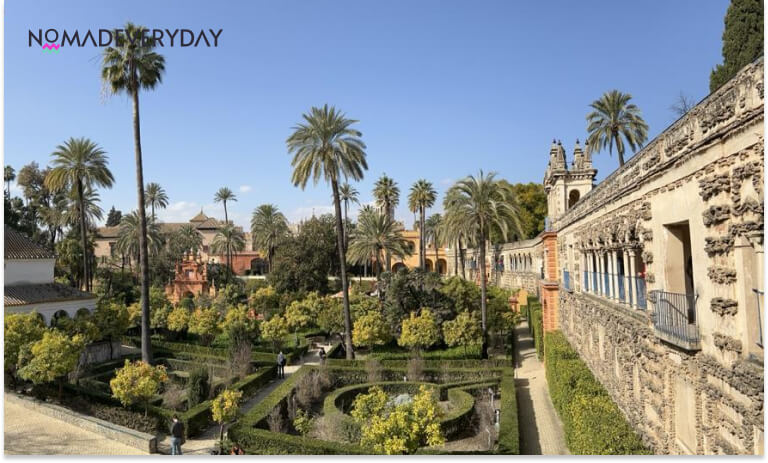
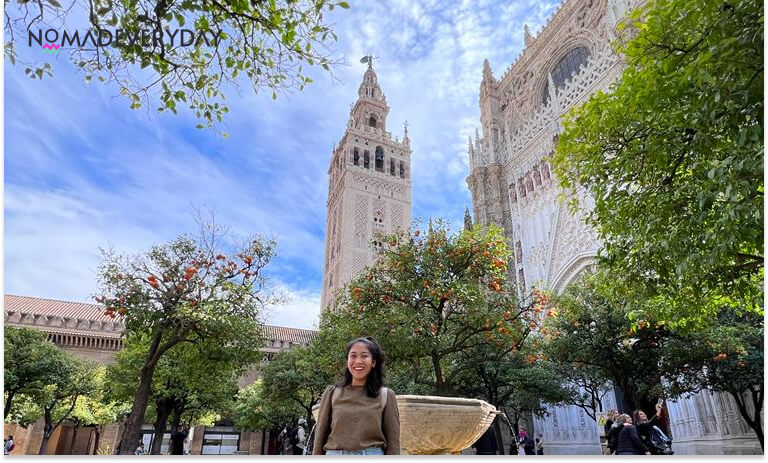
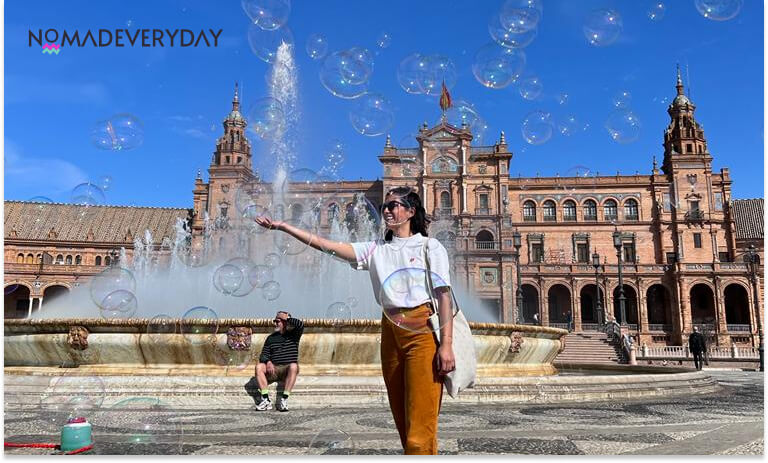
Cordoba, also called medieval Spain
The next stop from Seville is Córdoba. It is located 140km from Seville.
To visit Córdoba from Seville, you can take the train – only 50 minutes, or rent a car – 1h40 to 2h.
The historic center of Cordoba is the largest of all Spanish cities.
This city is truly emblematic of the mixture of cultures and influences that make up the charm of Andalusia.
The Cathedral-Mosque of Cordoba is the most iconic building in the city, also called Mezquita, it began its construction in 786 and lasted 200 years.
Over the centuries, it has been modified and enlarged, with the architectural styles of different eras.
Originally, it was a Roman temple that stood here, before being transformed into a church, then converted into a mosque, and finally becoming a cathedral.
The central entrance is highlighted by red and white columns from several countries throughout the empire.
The Alcazar of the Christian Kings of Cordoba is the other major historical site in the city.
Built during the Muslim occupation, it became the residence of the kings of Spain from the 15th century.
This beautiful fortified palace is notable for its impressive gardens, where you can take a walk and discover fountains, statues, and a variety of vegetation.
Córdoba is also known for its neighborhood called Judería, a Jewish quarter. It was built in Roman times and was occupied by the Jewish community until the Reconquista.
In the narrow streets of downtown Cordoba, you can stroll between the houses with white facades, decorated with blue flowerpots.
Also, you will discover warm places like the Plaza de la Tendillas and the Plaza de la Corredera, the large rectangular square in the region, entirely enclosed by buildings.
It is ideal to find typical local products since it is flooded with antique stores, bars, and food markets. This square is sometimes even used for artistic events such as shows or concerts.
Córdoba is a city full of historical and cultural monuments. Famous for the Patio Festival and the “Battle of the Flowers”, Cordoba is a place not to be missed.
Main activities & highlights in Cordoba:
- Visit the Mosque-Cathedral of Cordoba
- See and walk on the Roman Bridge of Cordoba and the banks of the Guadalquivir River
- Discover the flowering patios of Cordoba
- Stroll through the streets of La Juderia
- In the evening: take a relaxing break in a magnificent hammam
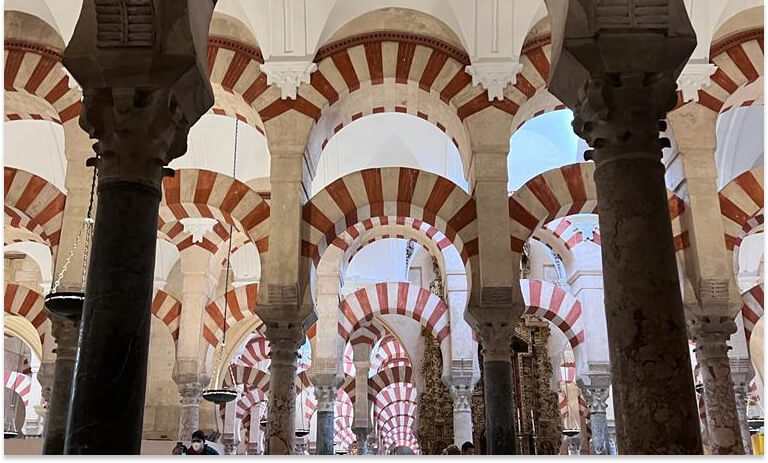
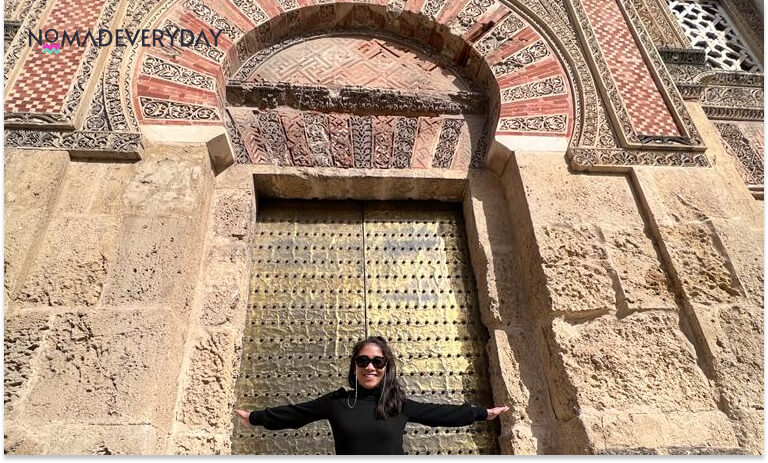
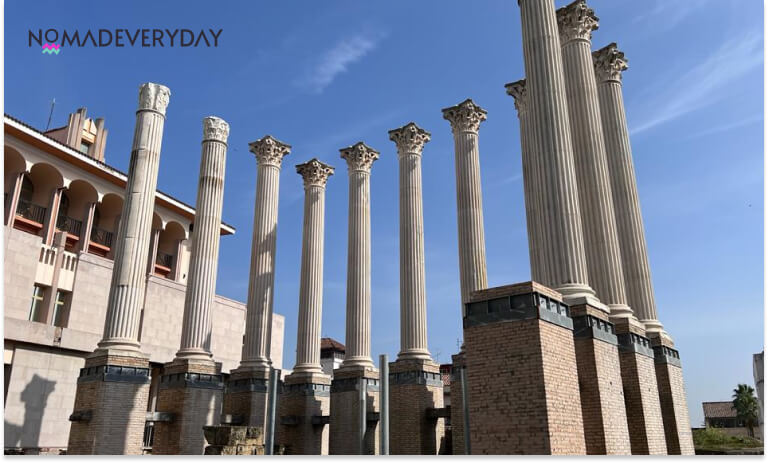
Granada, a city in the heart of diversity
From Cordoba you can go to Granada, it is located 200km. In order to visit Granada from Córdoba, you can take the train – 1h40 of travel or you can rent a car – 2 hours and 15 minutes drive
The city of Granada is famous for its diversity, it is influenced by many traditions: Moorish, Roman, Jewish, and Christian.
Granada is located on a plain with a magnificent view of the Sierra Nevada mountains. If there is one thing to do in Granada it is to visit the Alhambra.
This large fortress was built between the 8th and 15th centuries, is truly unique.
In the Alhambra, you can visit the Nasrid Palaces, which are among the most beautiful buildings in Spain, as well as the Generalife Palace.
It is a set of palaces and gardens considered the most stunning Islamic monument in Europe.
From the heights of the fortress, you will be able to admire beautiful views of the Sierra Nevada.
In the old town of Granada, you will discover quiet and particularly charming neighborhoods, such as the Albaicin neighborhood and the Sacromonte neighborhood.
They are home to many beautiful churches, such as San Pedro, and of course the Cathedral of Granada.
From the Mirador de San Nicolás square, you can enjoy a beautiful view of the Alhambra.
In Sacromonte, you can also discover the troglodyte houses, some of which now house museums or restaurants.
You can also venture into the small streets of Granada which are full of charm.
You will see a lot of poetry with flowery balconies and warm-colored facades of houses.
Main activities & highlights in Granada:
- Visit the Alhambra and the Nasrid Palace in Granada (3-hour guided tour or a free ticket)
- Walk around the historic center of Granada
- Visit the Cathedral of the Incarnation of Granada and the Royal Chapel
- See a Flamenco show (book tickets for the Flamenco show at La Alboreá)
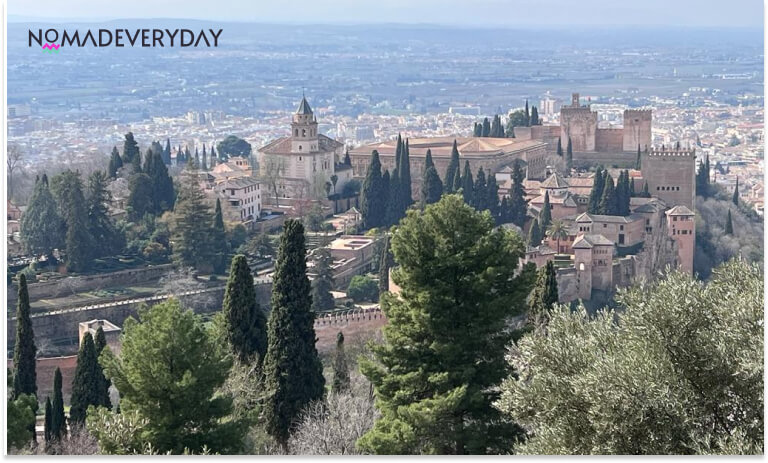
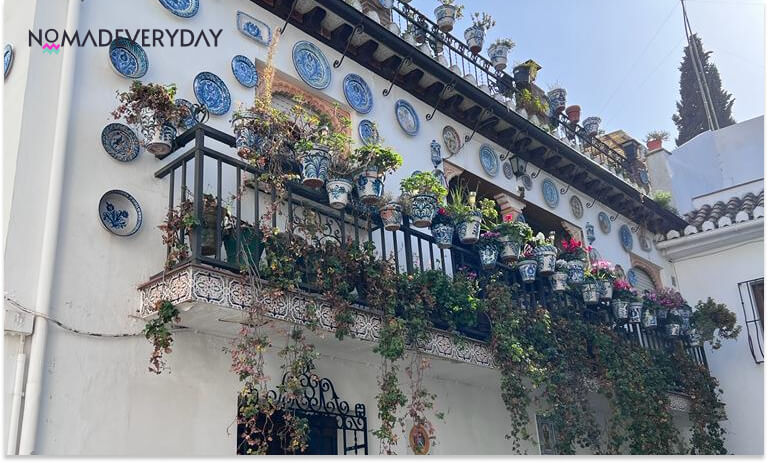
Malaga, the capital of the Costa del Sol
From Granada, Málaga is located at 125km. There are Alsa buses that connect Malaga and Granada – the travel time by bus is between 1h30 and 2h.
Malaga is the capital of the Costa del Sol.
Find the best place to stay in Málaga: Where to Stay in Malaga, Spain – Best Areas & Neighborhoods
Like many cities in the region, it has been populated by different civilizations over the past years, and you can discover a varied historical heritage.
It is a city with a beautiful coastline, where you can enjoy beautiful maritime excursions and where you can find some of the most pleasant beaches in southern Spain.
Málaga has 14 kilometers of beach. There are walks along with all 16 of these beaches.
In this city, almost the entire historic center is pedestrian.
The Alcazaba and the Castillo de Gibralfaro are two very well preserved buildings.
From the castle, you can admire the whole city. Its architectural influences are in the Arabic style, reminiscent of the former Muslim domination
The Roman theater, built at the request of the emperor Augustus during the first century, is another of the must-see sites in Málaga. It is the oldest monument in the city.
In the old part of the city, where the city’s great mosque once stood, is the Cathedral of Málaga.
Although this cathedral is impressive from the outside, it is when you visit it that you can truly appreciate its beauty, especially its two large organs placed on either side of the choir.
Walking through the labyrinth created by these lively little streets, you will find many typical stores, restaurants, and tapas bars.
It is also a city with more than 30 museums and is known as “the cultural city of Andalusia”.
Main activities & highlights in Malaga:
- Visit the Alcazaba Palace in Malaga
- Visit the Gibralfaro Castle
- Get lost in the narrow streets of Málaga’s historic center
- See the Cathedral of the Incarnation
- Discover the Roman Theater of Malaga
- Go to one of Malaga’s beaches
- Visit the Caminito del Rey: incredible paths and walkways! (5 hour tour with an English speaking guide)
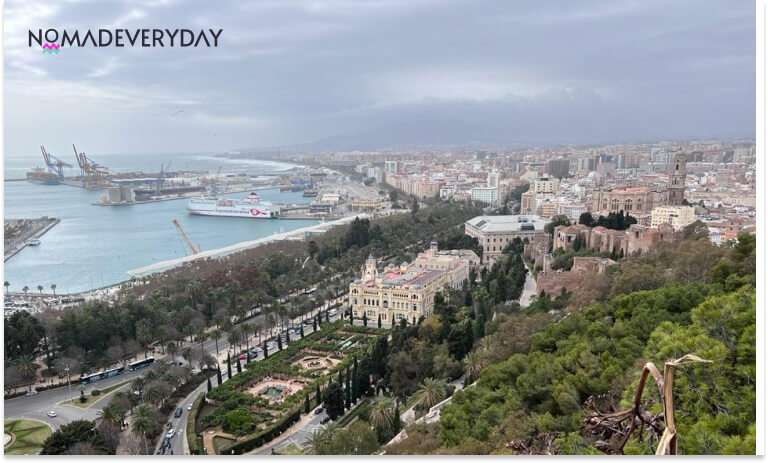
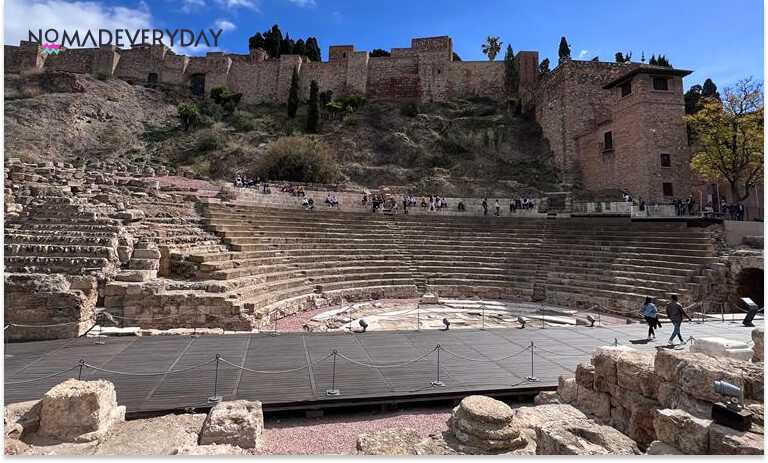
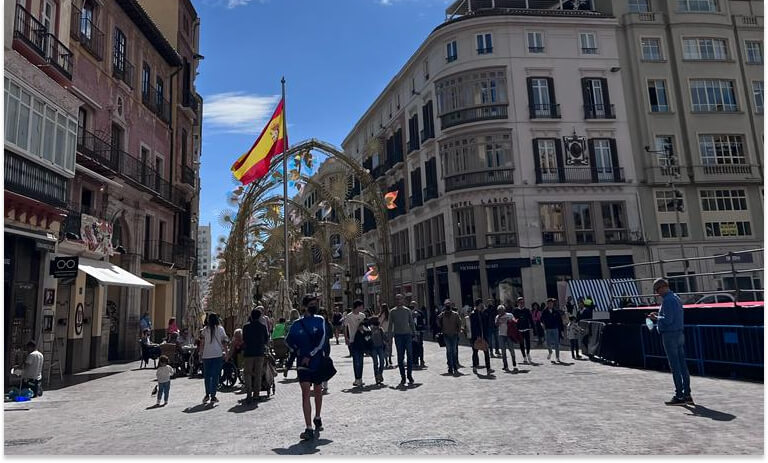
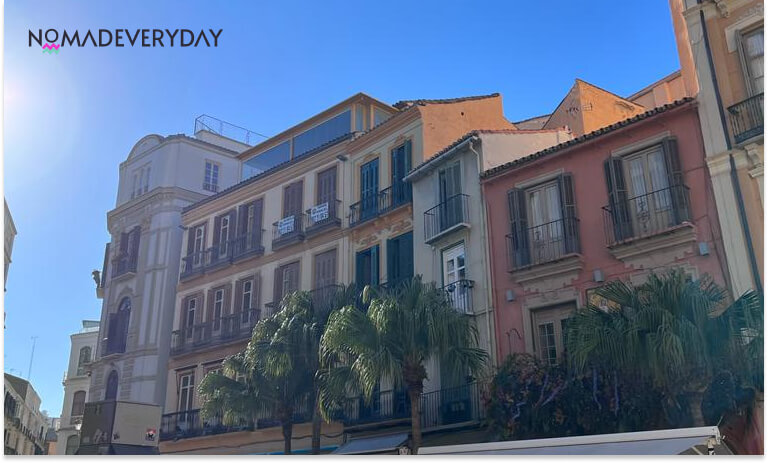
Ronda, a village full of charm
Ronda is a small village, perched on top of a mountain, above a valley full of greenery, the Tajo de Ronda.
It is often said that Ronda is a romantic town and that from its height it is possible to observe breathtaking views.
The main attraction is the New Bridge.
This bridge serves as a link between the historic and the modern city and passes over the valley and the river.
Forty-two years passed to build the Pont Neuf, so it is possible to cross it from 1 793.
A path called Camino de los Molinos can be walked for those who love hiking. This path follows the river, the Tajo, and is accompanied by spectacular views.
In Ronda, it is also possible to visit bullrings like the Plaza de Toros de la Real.
Not far from the bullring is a small garden, the Alameda del Tajo, where you can walk along the cliff with a wonderful view of the valley.
You can continue your visit with the Plaza Duquesa de Parcent which is one of the most beautiful squares in the city.
Several great monuments of the city are present in this square including the Iglesia de Santa Maria la Mayor.
Main activities & highlights in Ronda:
- New bridge
- Plaza de Toros de la Real
- the Alameda del Tajo
- Plaza Duquesa de Parcent
Cadiz, the famous peninsula
Cadiz, the capital of Flamenco, is a peninsula bordering the Atlantic Ocean. In this city, history and art reign.
While walking around, you will inevitably come across the Plaza de San Juan de Dios. This is a square that served as a public market and city center in the old days.
The City Hall and the Church of San Juan de Dios are in the same place, so you can admire and visit them.
A fountain, cafes, and restaurants are located in this area, which is a very pleasant place to sit and enjoy the sun and relax.
In Cadiz, it is possible to enjoy the city from above. From the Tavira Tower, you can see the whole city with a panoramic view.
This tower is the highest point of the city, it is 45 meters high. It is officially the watchtower of the port of Cadiz.
It is a place that allowed, at the time, to monitor the arrival of ships.
Main activities & highlights in Cadiz:
- Plaza de San Juan de Dios
- Church of San Juan de Dios
- Tavira Tower
When is the best time to go to Andalucia?
The best time to go to Andalucia is in Mai.
Spring will offer you the flowery and still green landscapes that bring a touch of freshness before the summer and most of all you will avoid the tourist season.
A pleasant climate throughout the year is without a doubt one of the most characteristic aspects of Andalusia.
This region is one of the sunniest in Spain along with the Canary Islands. The winters are mild, the summers can sometimes be very hot
If your trip is more oriented towards visiting monuments and discovering Seville, Cordoba, and Granada, then the months of April/May/October and November are the most suitable.
What is the best itinerary 7 days for Andalucia?
As far as the exact route is concerned, you will have two main choices for getting from Seville to Malaga.
To choose the one that suits you best, you simply have to decide whether you want to visit a historic city with a rich heritage or a famous seaside resort.
Here are each of these itineraries, divided into 6 stages:
- Itinerary 1: Málaga, Nerja, Granada, Antequera, Cordoba, Seville
- Itinerary 2: Málaga, Antequera, Granada, Alcalá la Real, Cordoba, Seville
These routes will allow you to move naturally from one site to another.
To recap: if you want to visit Andalucia in 7 days, during a road trip in Andalucia or during a trip by train or bus, here are the must-sees:
- See a Flamenco show, the Andalusian dance
- Relax in a traditional hammam
- Taste the Andalusian cuisine
- Take a hike and walk on one of the incredible footbridges of Caminito del Rey
Must see:
- Alcazar of Seville
- Plaza de España in Seville
- Mosque-Cathedral of Cordoba
- Alhambra of Granada with the Nasrid Palace
- Gibralfaro Castle in Malaga
Do you need a car in Andalusia?
Without a car, 4 cities are very well connected by trains and buses.
- Seville
- Cordoba
- Grenada
- Malaga
The distances are not huge: 1h30-2h of travel between each city. It is, therefore, possible to do this itinerary and discover the different beauties of Andalusia without renting a car!
Road trip in Andalusia. If you want to do a road trip in Andalusia, this itinerary is also possible, but with additional stops.
Read our other articles about Seville and beaches in Europe:

